I’ve received a handful of requests to adapt the Sony 20 mm f/1.8 G lens to the Z7 and test the combination against the new 20 mm f/1.8 Nikkor S native lens in a head-to-head situation. Once I was reminded that I could use the TechArt E-to-Z adapter on the Sony, I warmed up to the idea. Initially, I thought that people who were interested in cross-system comparison were my audience, and maybe they are. But there’s a larger question on which the proposed test might offer insight, and that’s how the differences in the mount throat between the Z and the alpha cameras affect the lens design and image quality.
The E-mount first came out on APS-C cameras, and the 43 mm throat diameter was uncontroversial. But then Sony used the same mount on full frame cameras, and 43 mm didn’t look so big any more. When Nikon came out with the Z-mount cameras, and Nikon started to tout the 52 mm throat diameter as a enabler of better lenses. We haven’t had many examples of Z-mount lenses that take full advantage of the wide throat — the 50/0.95 being the poster child — but many people have said that the reason for the high image quality of the current line of Nikkor S lenses is the wide throat.
I’m from Missouri on this. Sure, a wide throat can’t be a bad thing. It offers the lens designer options that she wouldn’t have otherwise. But it shouldn’t help lenses that don’t take advantage of it. There is no payoff for what’s at the end of the road not taken. And the 20/1.8 Nikkor S doesn’t take full advantage of the wide throat, though it does, much more than the Sony 20/1.8 take advantage of the short flange focal distance (FFD) of the E-mount. As aside, I don’t think the difference between the Z-mount’s 16 mm and the E-mount’s 18 mm is significant, although shorter is always better at giving the lens designers options.
Here’s the test scene, wide open with both lenses on a Nikon Z7:
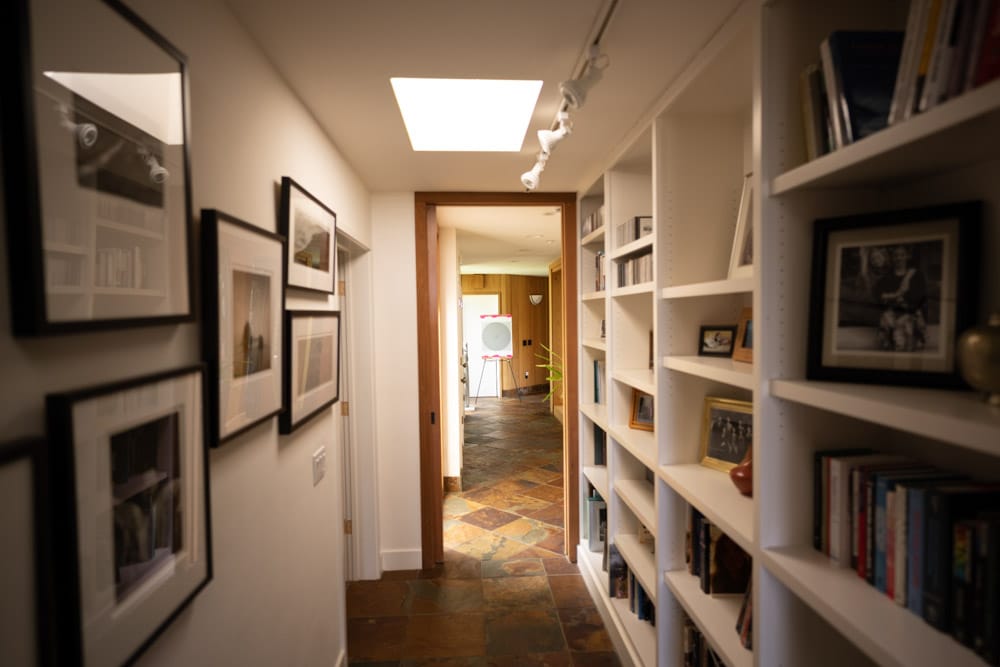
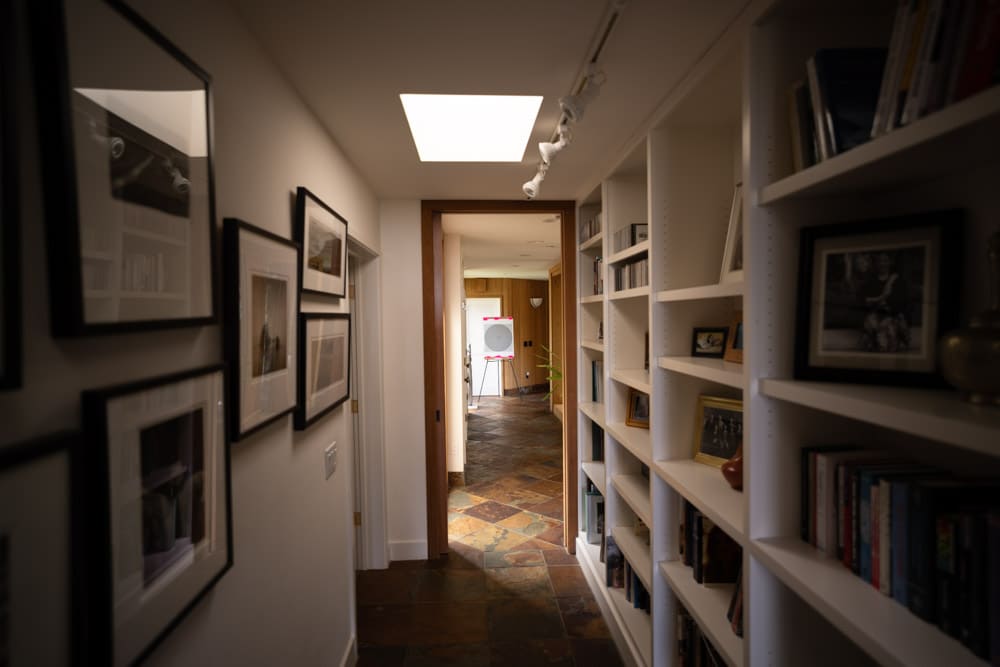
Note that the Sony image is darker. The exposures were the same, but the lighting could have changed, since it was natural daylight, over the 20 minute period it took me to make all the test images. But it could be that the actual f-stops were different from the set ones, or that the transmission of the lenses are different. I used the same processing for all the images, below, so any brightness or color difference were not introduced in processing.
The protocol:
- Distance: 8 meters
- Star in the center and the lower left corner.
- Manual focusing.
- Three shots at each setting, focusing anew for each shot, picking the best. This method calibrates out focus curvature.
- Developed in Lightroom
- Sharpening set to amount 20, radius 1, detail 0, which is quite a bit less than Lr’s default sharpening.
- White balanced to the gray surround of the target in one of the images, and that WB applied to all of them
- Adobe Color Profile
- Minor exposure adjustments, with same adjustment applied to all images from both lenses, so corner darkening is unaffected.
- Everything else at default settings
In the center:
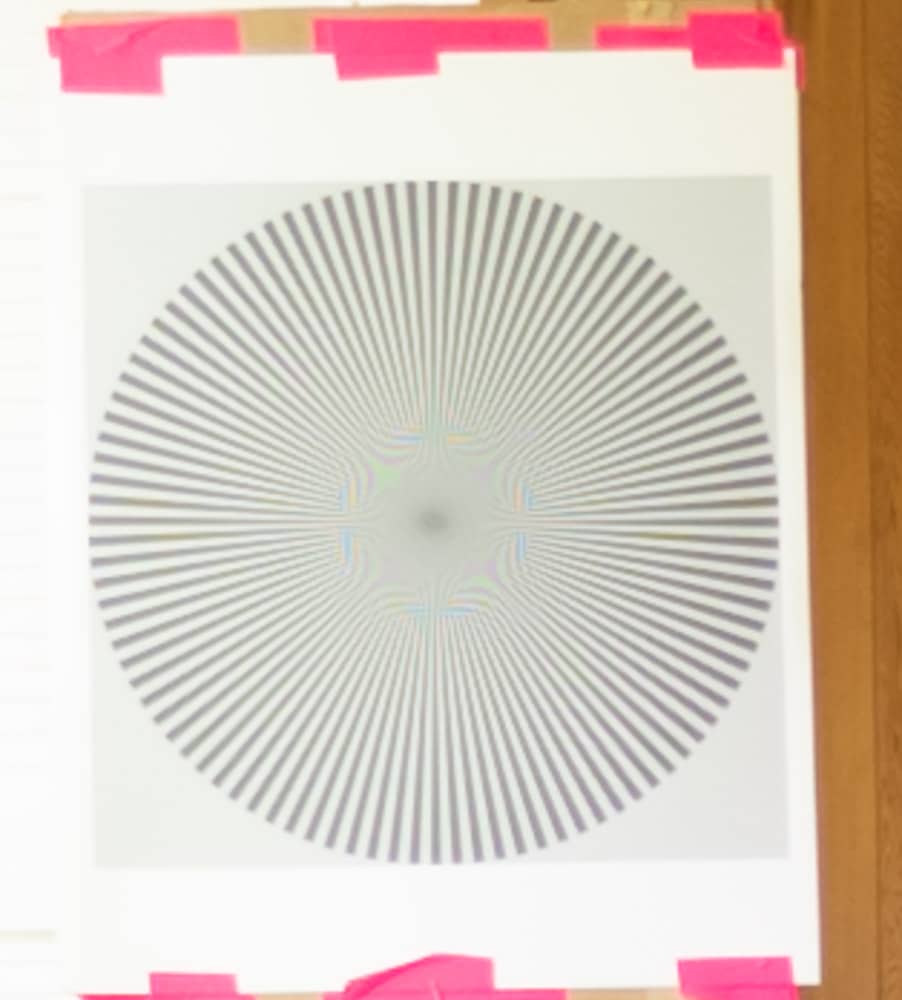

The Sony lens is a bit sharper, although it’s not clear that is is significant in the context of the Z7. Even wide open, in the center both lenses are laying down detail on the sensor that it can’t resolve without aliasing.

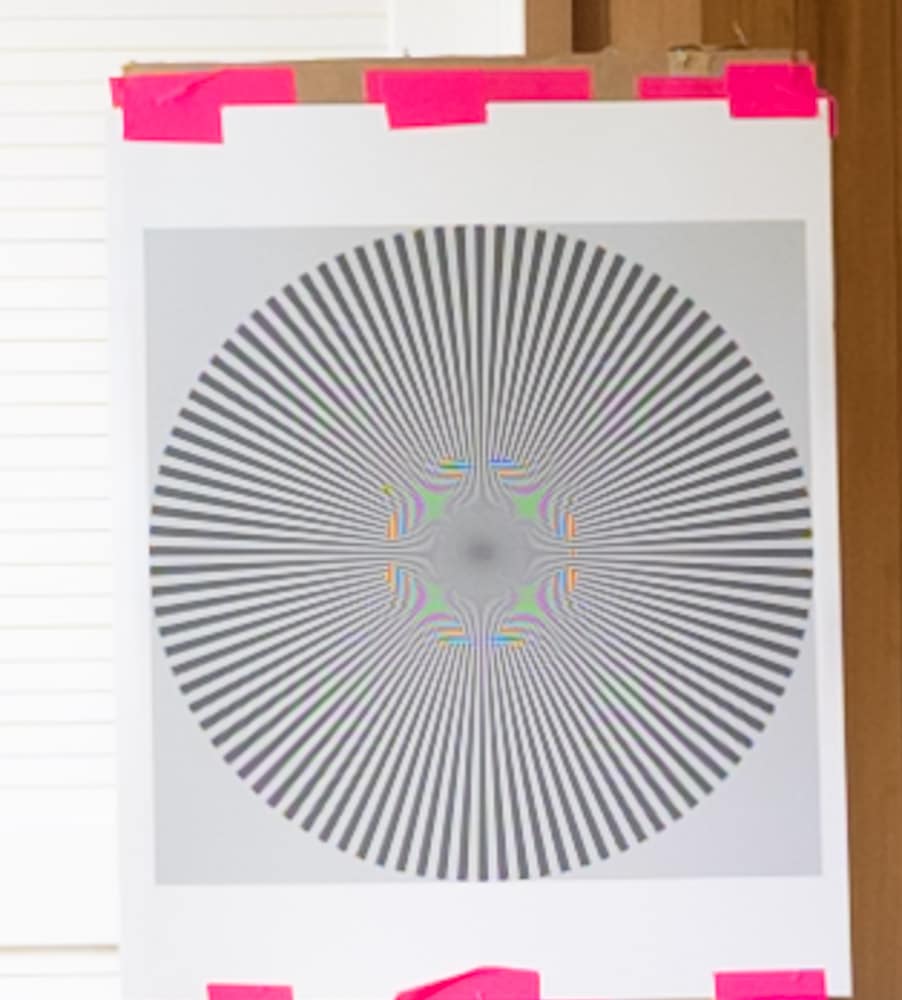
Both lenses look like they have about the same sharpness.
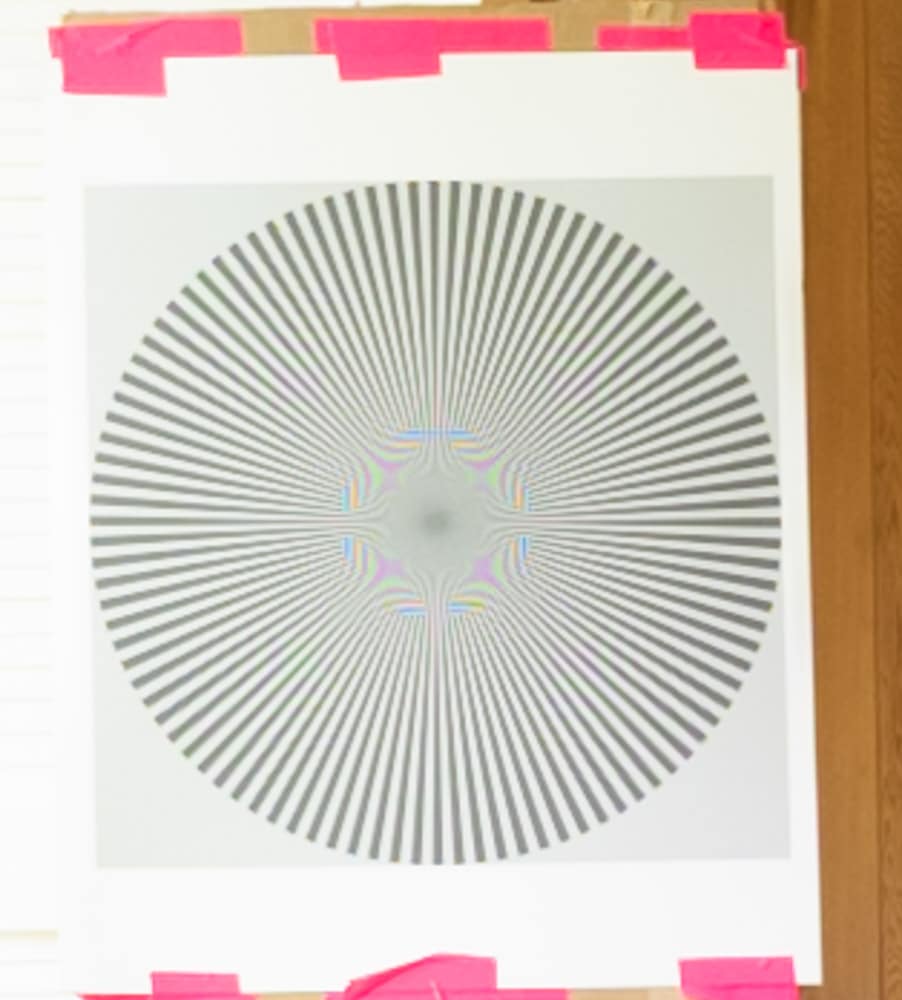

Very similar.

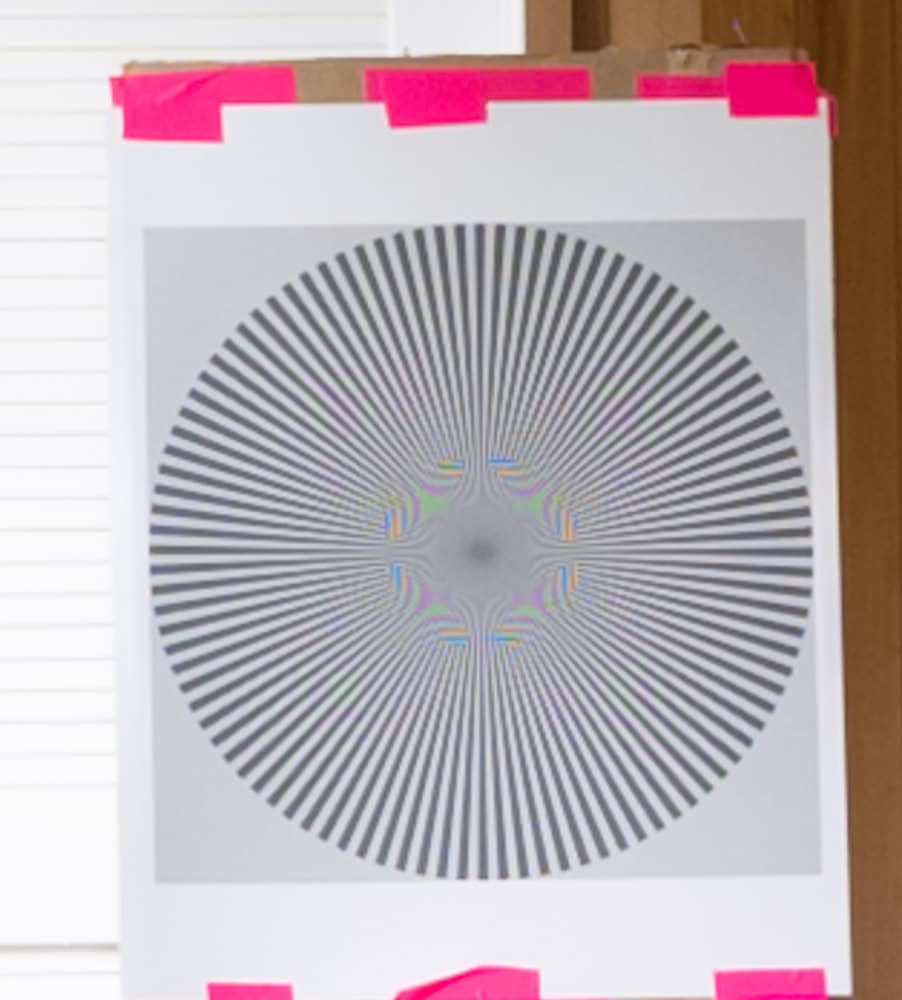
Same.
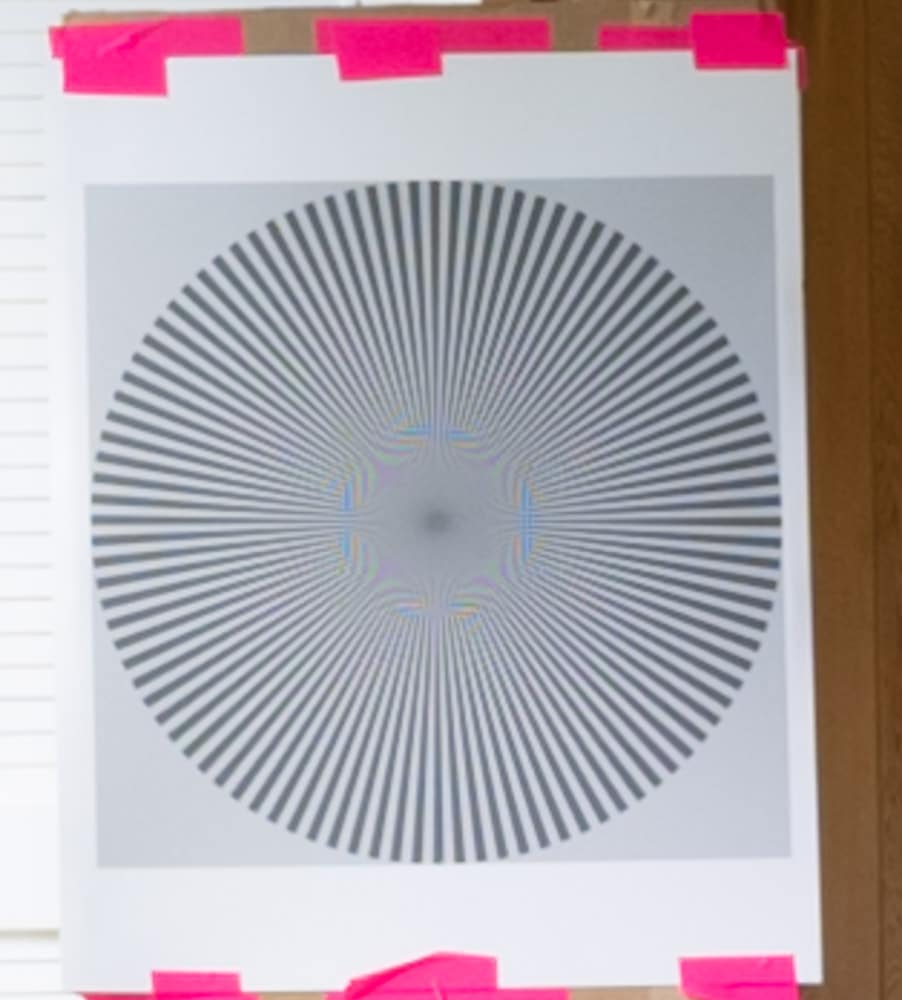
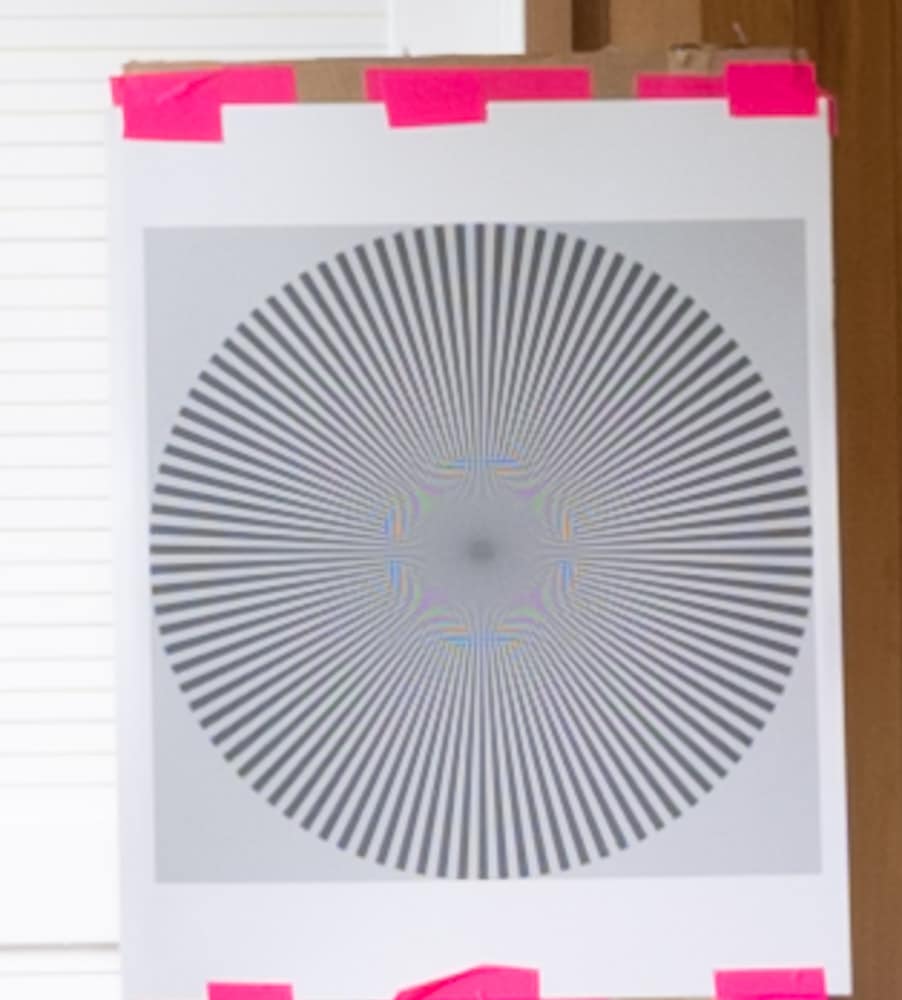
Both lenses are softening up because of diffraction.
In the lower-right corner:
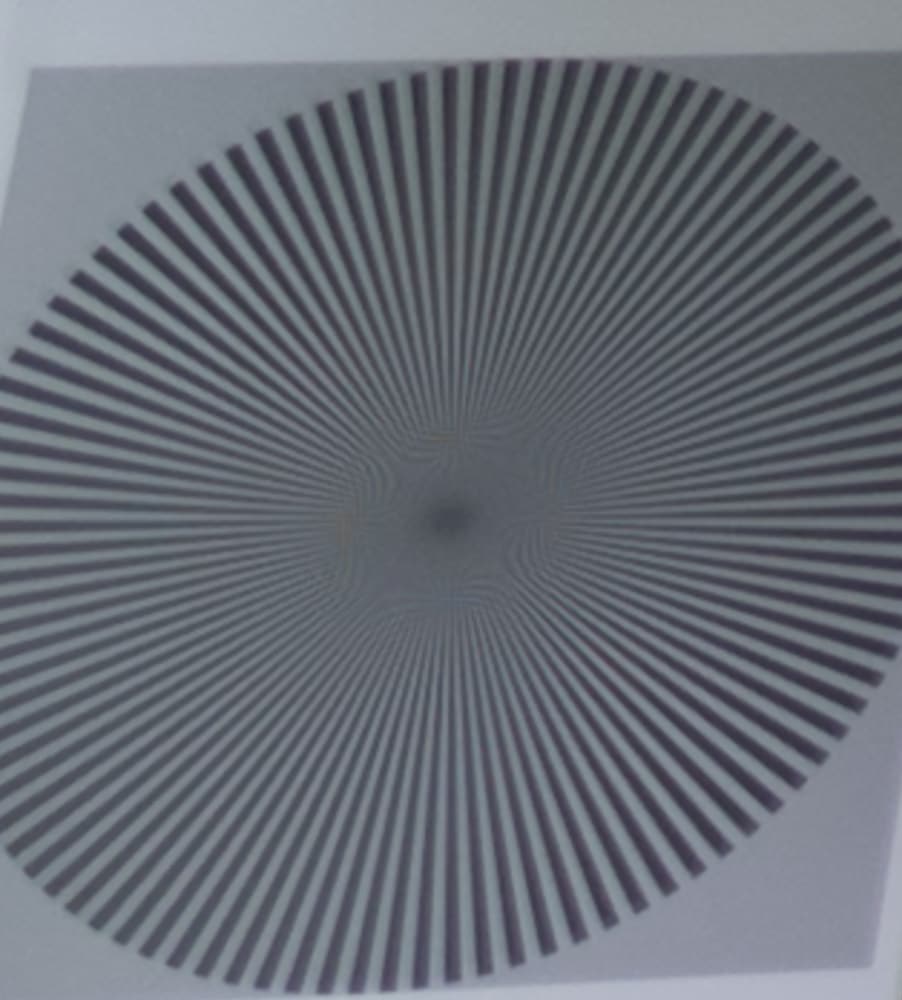

The Nikon looks a bit better than the Sony.
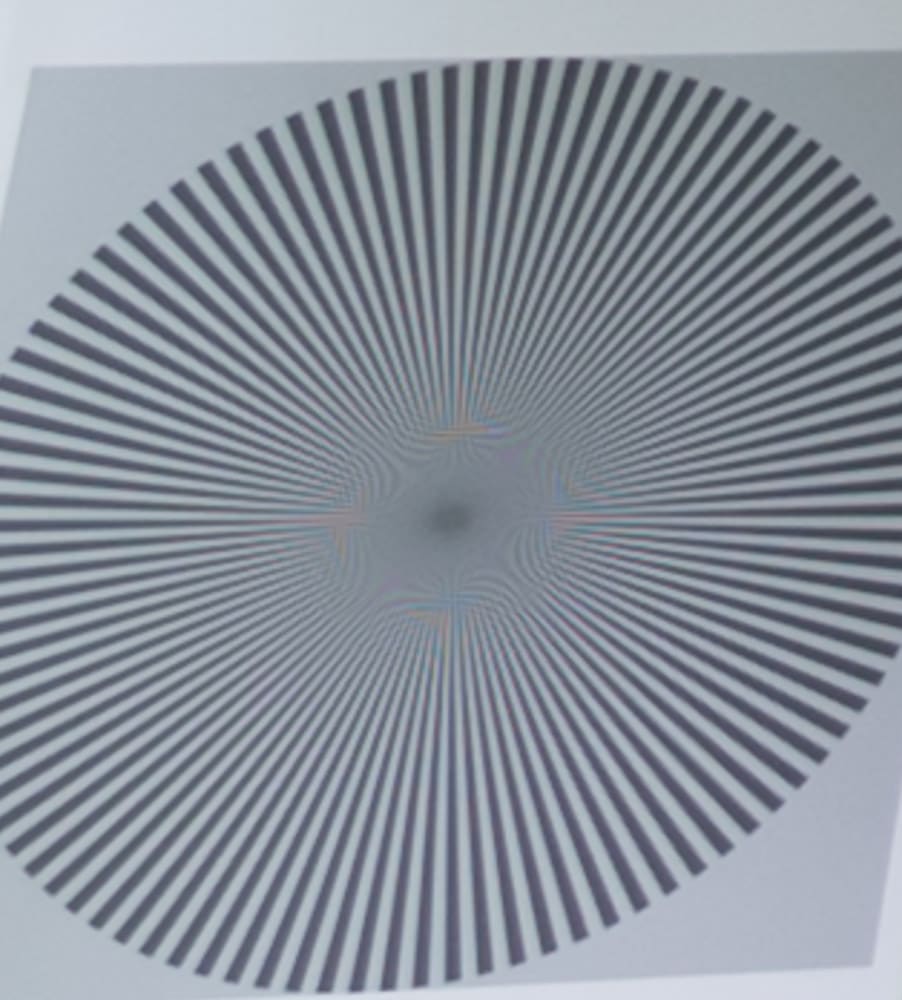
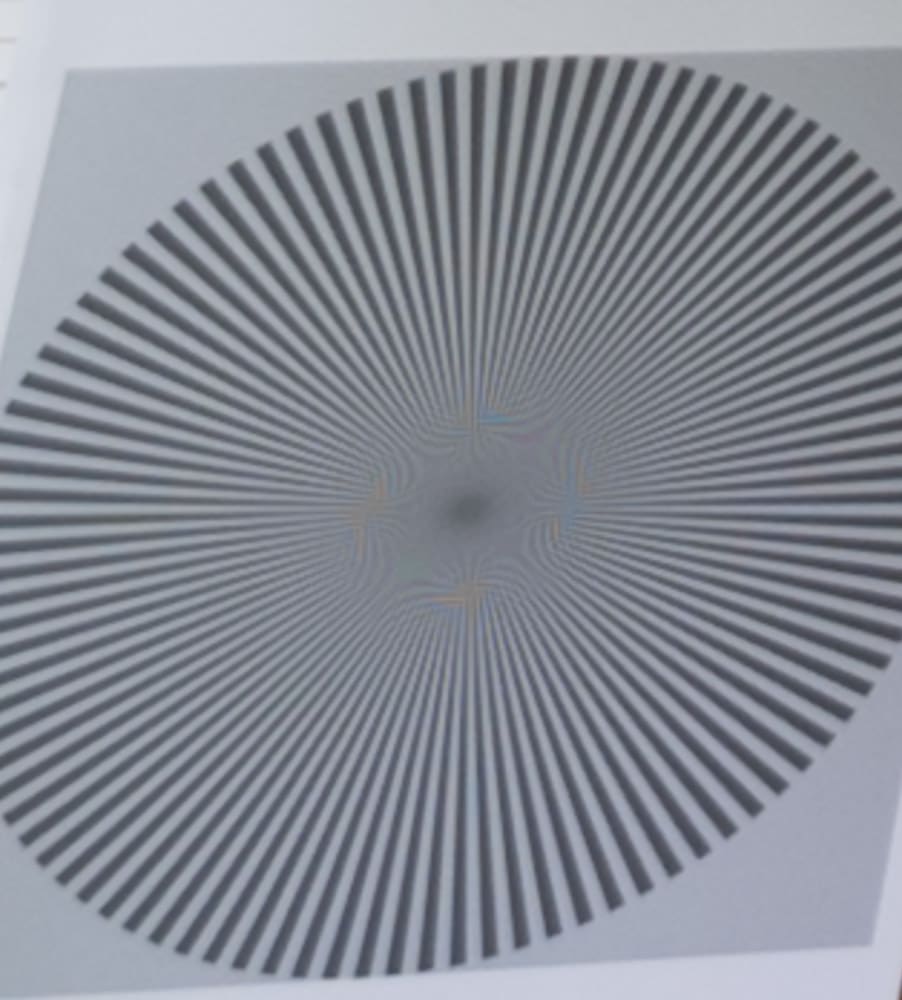
It’s really close here.
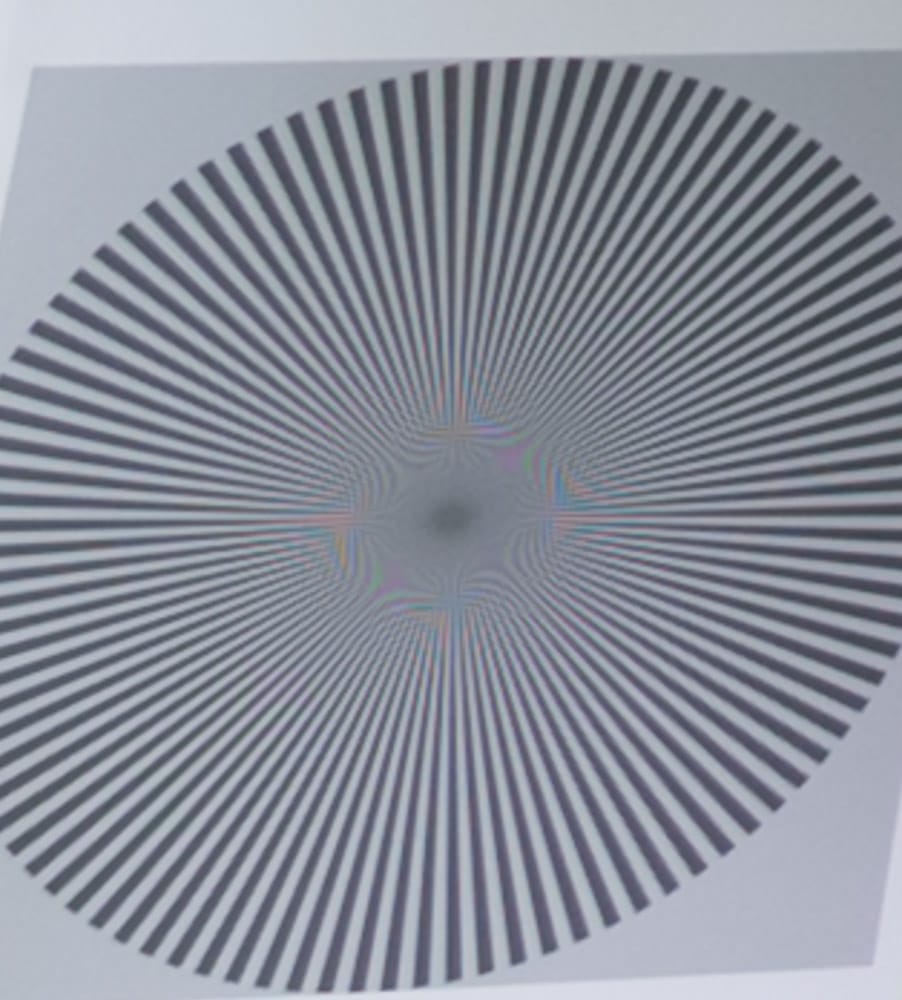
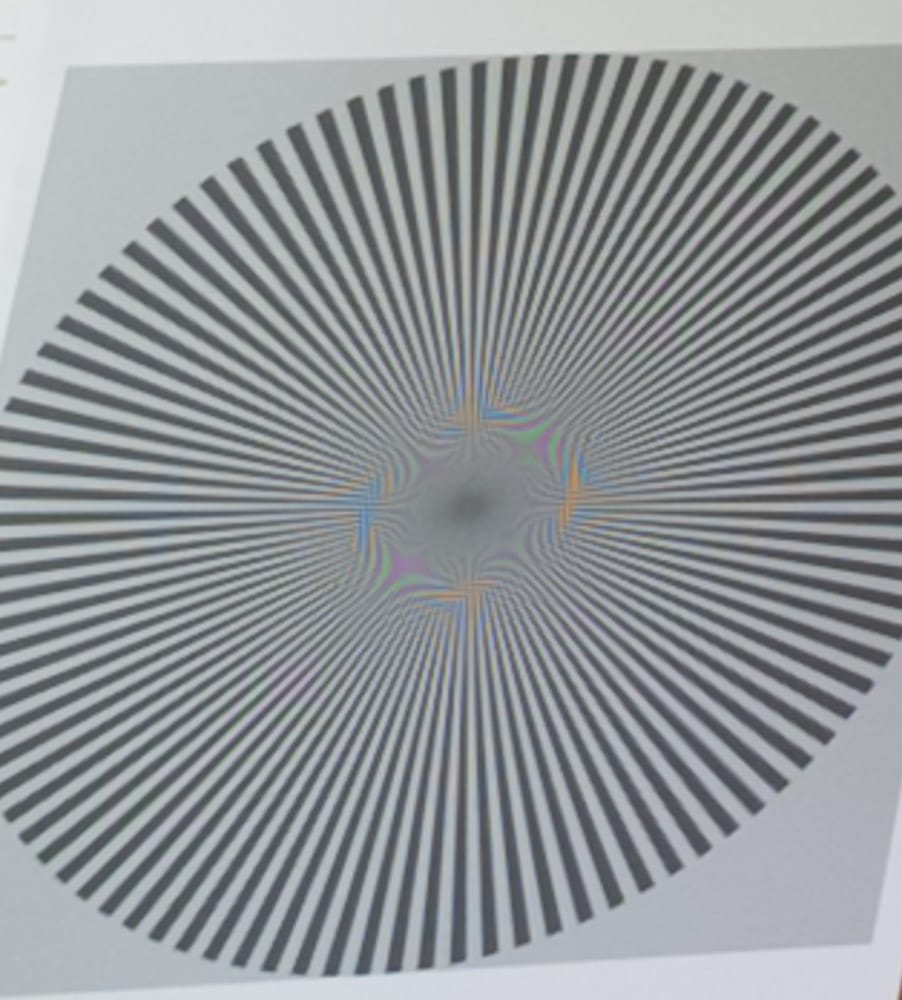
The Sony is somewhat sharper, but not enough to make a difference in real-world phtography.

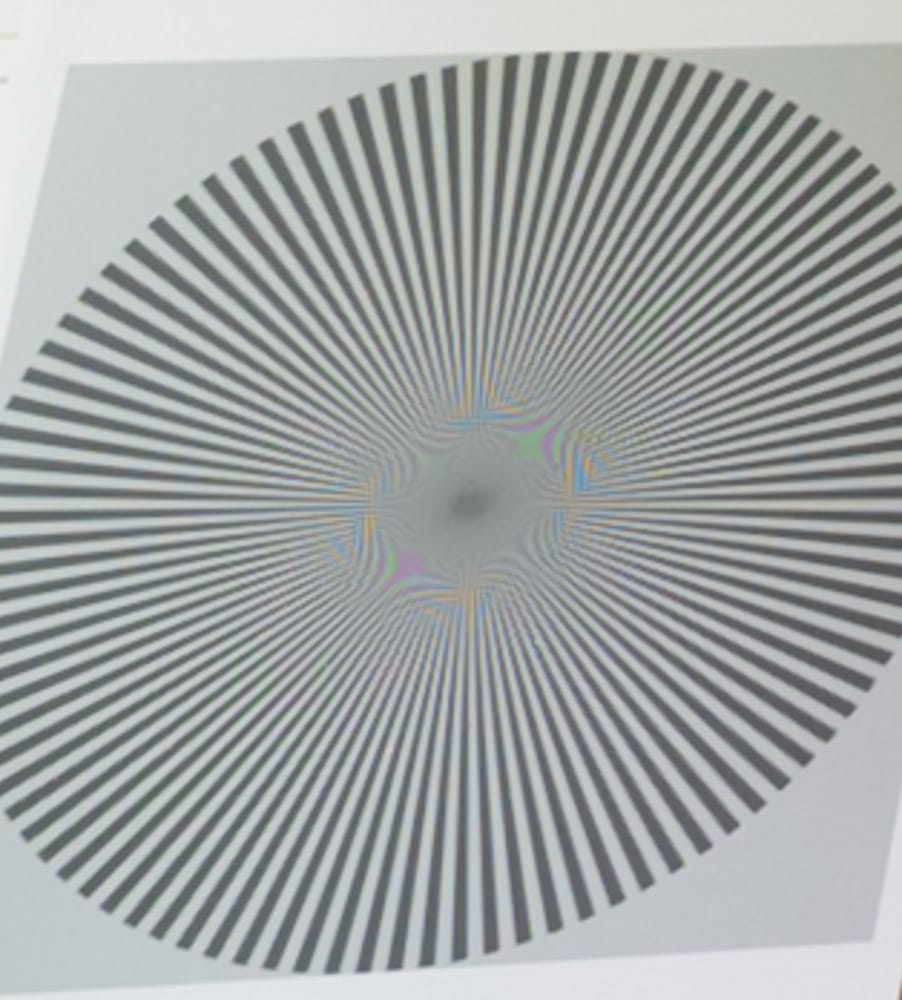
The Sony is better.
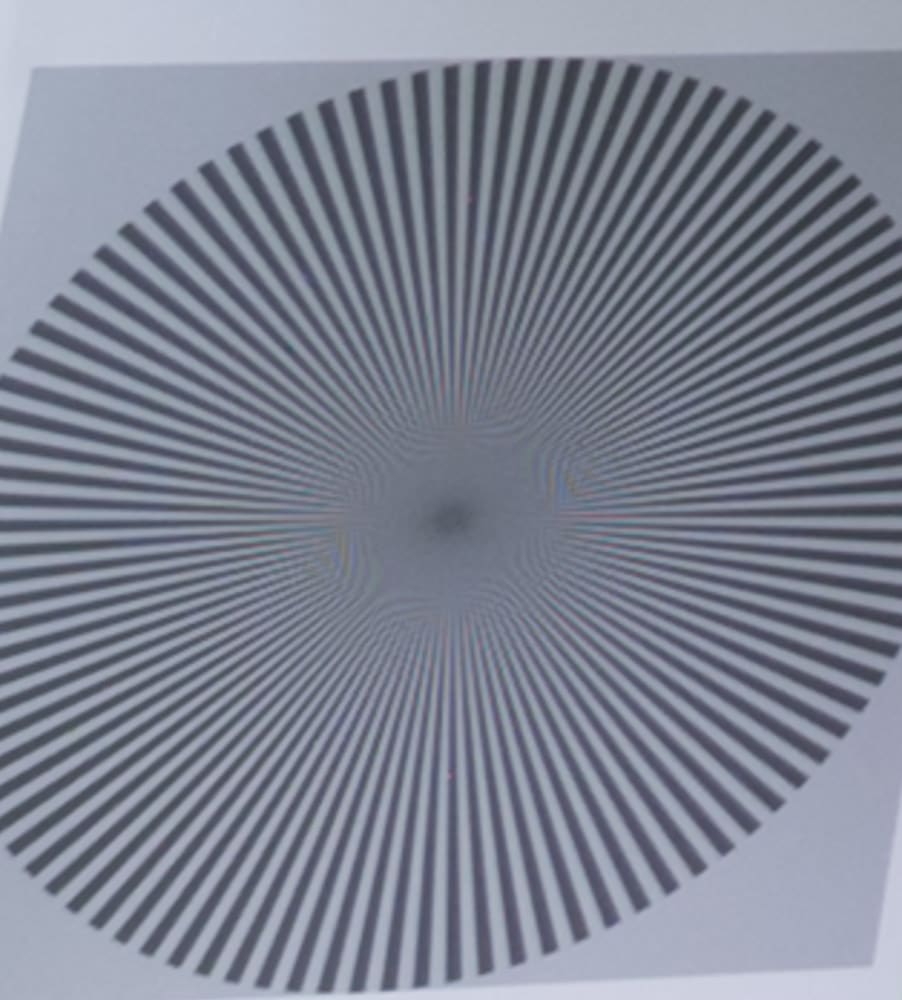
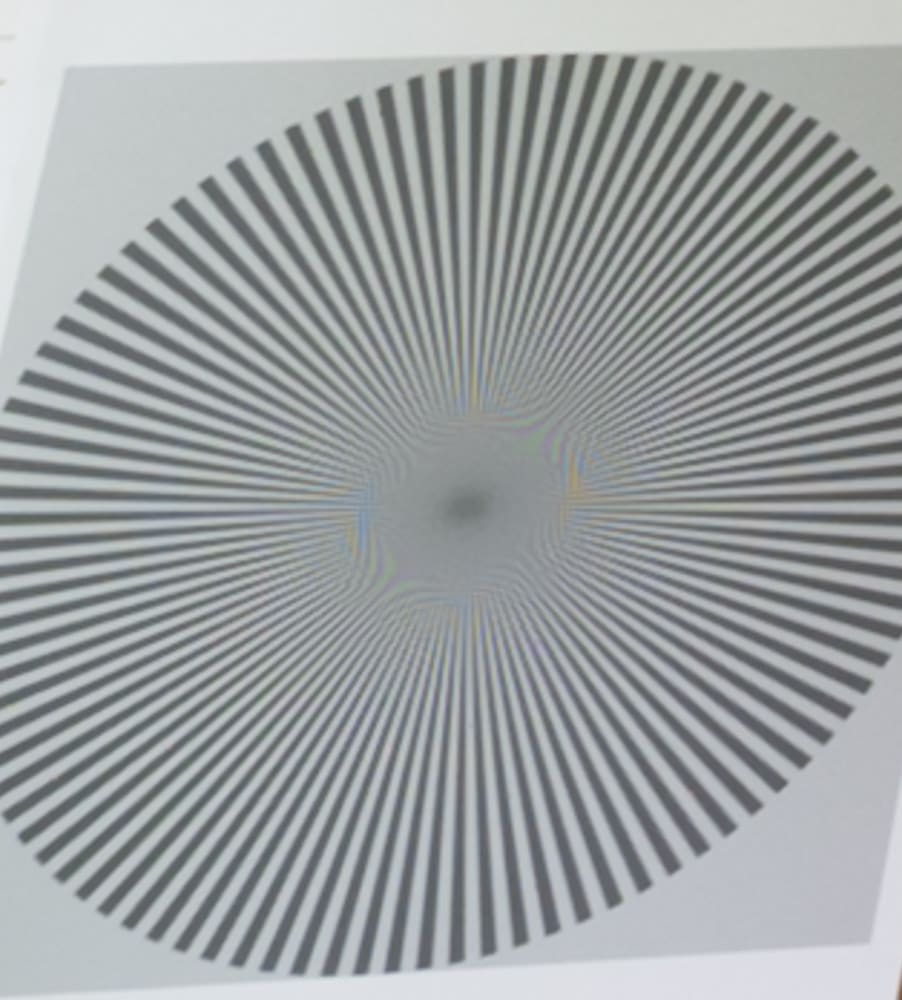
Not much difference.
Based on this test, there’s not much to choose between these lenses. If all you’re shooting is at 20 mm, you want a smaller, lighter, less-expensive lens, and have no MILC loyalty, buy the Sony and an a7x. But if you opt for the Nikon, you won’t be getting a materially inferior lens, and you will be getting a camera with, IMHO, better haptics and a better user interface. There are plenty of E-mount lenses around, and Z-mount ones are thin of the ground, but the quality of the few Z-mount lenses out there is outstanding.
Both lenses look excellent here. Both camera systems are very good. You really can’t go wrong.
In previous tests, it looked like the Nikkor had more corner falloff than the Sony. In this test, that’s not clear. If it is true, then it’s a pretty small difference.
Testing notes:
- I was worried about the focus-by-wire (FBW) working with the Sony through the TechArt adapter, but it actually worked better for the Sony than for the Nikon lens.
- The focus throw with the Sony was very short, and it was quite twitchy when I tried to get the focus right on the money. The Nikon FBW provided a long easy throw for the Nikkor.
- I could tell what the results were going to be by just looking at what the magnified focus peaking looked like.
- With both lenses, in the corner, the optimal sagittal and tangential focus was achieved with different positions of the focusing ring. I opted for the best overall.
- If you’ve been following along in this series of posts on the two 20/1.8 lenses, you’ve probably noticed that they look better on this test than on some of the others. Much as I hate to admit it, manual focusing with these lenses is more accurate than any AF algorithm in the two cameras. In the center, the AF gets very close, but in the corners it can be a bit off.
- In the case of the Sony lens on the Z7 with the TechArt adapter, in the corners AF doesn’t even approximate the correct focus plane.
- The Z7 FBW is still a long ways from being as good as the evolved Sony FBW algorithms, but it wasn’t nearly as bad with theses short lenses as it is with some of the longer ones.
AJ says
hey jim, I found this post and your blog a few days ago and ive been reading! this particular post got my attention because I considered putting the 20mm sony on the z7 body. any chance you could do a coma test on the sony20 on both z7 body and sony body? im curious if the vignetting/darker lighting persists and if coma is any different between bodys.
JimK says
The coma through-focus test is one of the more time consuming ones. I’ll think about it, but I’m busy with other things right now.
Thanks for your interest.
Jim
David says
You can also tell the Sony lens is wider than the Nikon version, any measurement on the actual focal lengths?
JimK says
I didn’t measure the actual focal lengths.